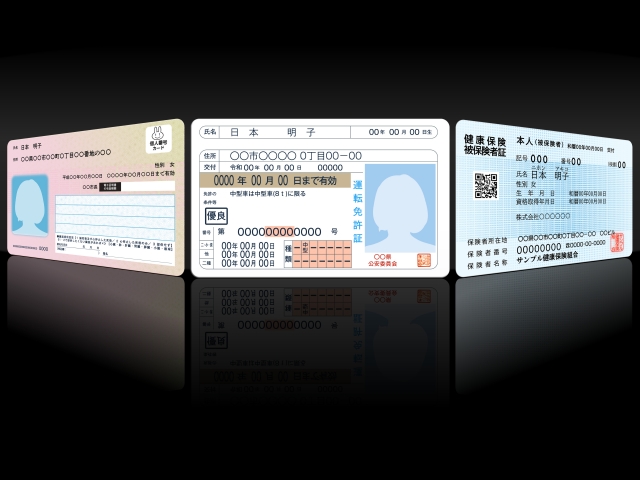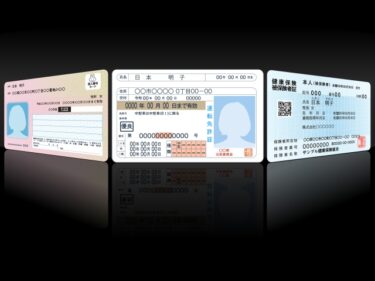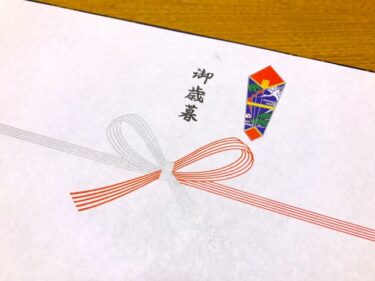If you’ve lived in Japan for a while, you might have noticed that ID photos—whether for school, job applications, or exams—often follow a strict set of guidelines. The background must be plain (preferably white or light blue), and the subject is expected to keep a neutral facial expression, with lips tightly closed. In contrast, ID or yearbook photos abroad may have patterned backgrounds, feature slight angles in the pose, and often show people smiling warmly. Why are these standards so different? Let’s dive into the cultural and practical reasons behind these contrasting approaches to photographs.
The Importance of Standardization and Formality in Japan

In Japan, the formality and precision that governs many aspects of life also extend to ID photos. Whether for a school’s graduation album, a job application, or a standardized test, Japanese ID photos adhere to a set of formal standards, which often include a plain, single-color background and a serious, closed-mouth expression. There are several cultural reasons behind these requirements:
- Standardization and Formality in Japan
In Japan, uniformity and formality are highly valued. Having all applicants or students adhere to the same photo style allows for easy comparison and fosters a sense of equality and fairness. A plain background and serious expression help minimize distractions and ensure that the focus is on the subject’s face, emphasizing professionalism and simplicity. The tightly closed lips symbolize seriousness and restraint, qualities that are often appreciated in formal settings like school or work. - Cultural Emphasis on Humility
Smiling in formal photographs is less common in Japan because of the cultural value placed on humility and respect. A neutral or serious expression is seen as more appropriate when presenting oneself in official contexts. Smiling, especially a toothy grin, might be considered too casual or even frivolous in these scenarios, as it could detract from the image of professionalism and respectability. The closed-mouth expression is seen as a sign of discipline and readiness, fitting well into Japan’s hierarchical social structure where formality plays a crucial role. - Practical Considerations
The standardized nature of these photos makes them suitable for various official purposes. A plain, neutral background without patterns or decorations ensures the image can be easily processed for various forms of identification, such as government documents, exams, or company records. Additionally, strict rules around photo size, expression, and pose ensure that the photos can meet the technical requirements of official databases or application forms, where clarity and uniformity are critical.
The Emphasis on Individualism and Self-Expression Abroad
In contrast, many countries abroad, especially in the West, take a more relaxed approach to ID photos, including yearbook photos and some application images. There are several reasons for this difference:
- Individualism and Self-Expression
In Western cultures, personal expression is often valued more than uniformity. A smile in a photograph is seen as an indicator of friendliness, confidence, and openness. The slight angle of the face, common in graduation or yearbook photos, emphasizes individuality and uniqueness. A patterned or lightly decorated background is also used to add visual appeal, focusing on the person’s personality rather than adhering strictly to formal or functional guidelines. - Different Expectations of Professionalism
Professionalism in Western contexts does not always equate to seriousness in facial expressions. A smile can convey warmth and approachability, which can be desirable traits in professional and academic settings. In these cultures, a friendly and open demeanor is often valued as much as, if not more than, a serious or restrained attitude. Thus, smiling in photos—even for formal purposes—can enhance the individual’s presentation. - Photography as Art and Memory
For many Westerners, school or graduation photos aren’t just formal documentation; they are memories to cherish. Therefore, more attention is paid to making the photo attractive, incorporating a smile or a slight pose to create a more aesthetically pleasing image. This is often seen in yearbook photos where the goal is to capture students in a positive, memorable light.
Conclusion:
In Japan, the formal, standardized approach to ID photos is deeply tied to cultural values of humility, discipline, and professionalism. In contrast, many Western countries take a more relaxed, individualized approach, reflecting their emphasis on self-expression and personal appeal. Understanding these differences helps us appreciate the cultural nuances that shape even something as simple as a photograph.








